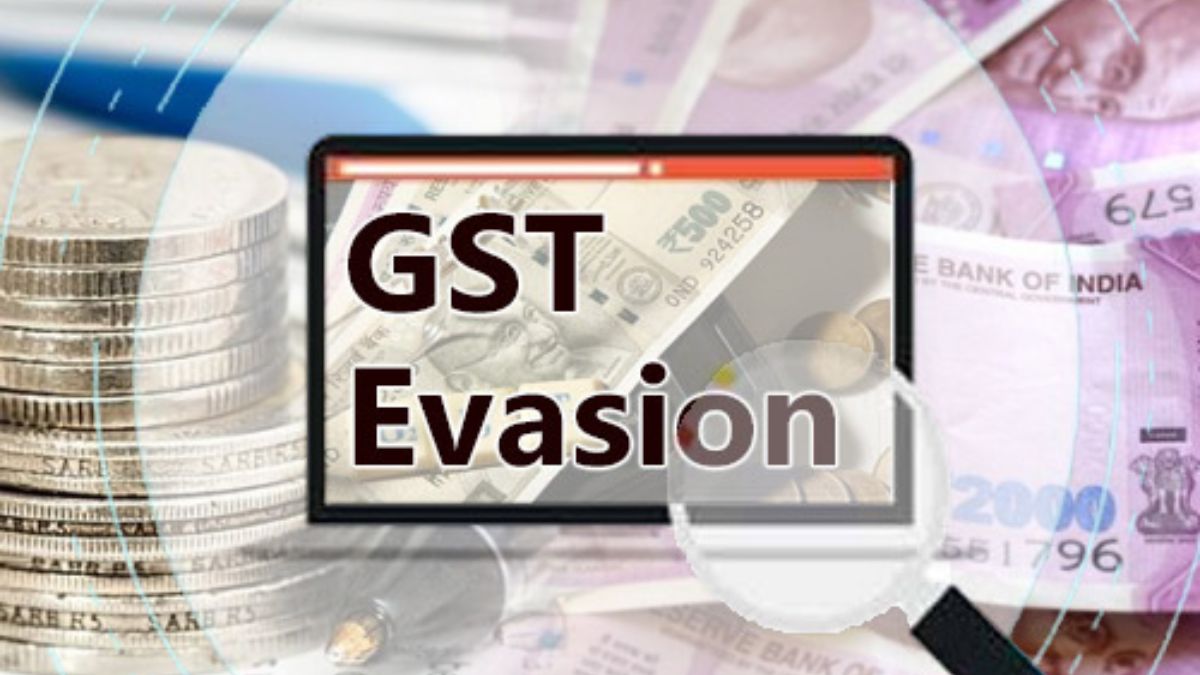GST Department Raids Textile Companies in Surat Over Tax Discrepancies
The GST department had previously investigated two Surat textile traders before the elections and has now raided three more

Advertisement
Surat : The Goods and Services Tax (GST) department raided multiple textile companies in Surat, targeting those using sublimation printing paper in digital machinery. The investigation revealed that the owners were paying 12% GST on their final products. However, the department contends that an 18% tax is applicable, leading to a levy of an additional 6% tax on these products.
This move has far-reaching implications for the industry, as manufacturers of such printing papers may now face a 6% tax difference. The GST department’s actions stem from a long-standing classification issue dating back to the introduction of GST in 2017. The discrepancy arises from the absence of an appropriate Harmonized System of Nomenclature (HSN) code in the GST tariff for the products sold.
Raids and Investigations Before Elections
The GST department had previously investigated two Surat textile traders before the elections and has now raided three more. These actions are part of an effort to address the misclassification and ensure compliance with the appropriate tax rates. The department’s scrutiny has intensified, focusing on paper and coated printing paper manufacturers involved in sublimation printing.
Classification Issues and Financial Implications
The core of the problem lies in the classification of these products. In the industry, the final products have been subjected to a 12% GST. However, the department’s stance is that they fall under an 18% tax bracket. This reclassification has prompted the department to start calculating additional tax, interest, and penalties for the affected traders.
Expert Opinions and Recommendations
Tax experts have weighed in on the issue, highlighting the need for clarity in the classification of new or mixed products. CA Sunay Jariwala, a renowned chartered accountant, emphasized the importance of obtaining professional opinions in writing for HSN codes before launching any new products. He noted, “It is necessary to take proper opinion, in writing, from a professional for HSN code before launching any mix or new product.”
Additionally, the recent GST Council meeting has recommended the introduction of a new Section 11-A. This section would grant the government the power to provide relief by addressing issues of lesser or no GST levy under common trade practices. CA Jariwala added, “Under this 11-A, the government will have the power to grant relief by accepting the issue of less or no GST levy under Common Trade Practice. How it is implemented and with what financial means will be an important issue.”
Advertisement

